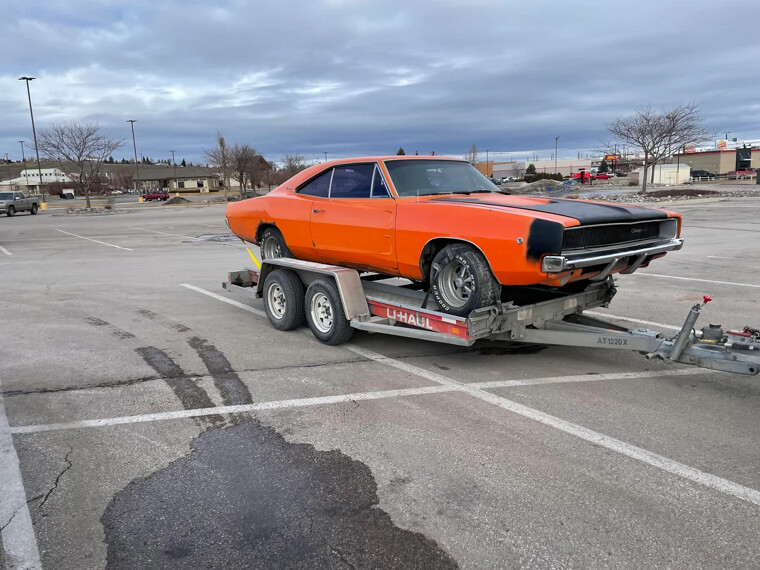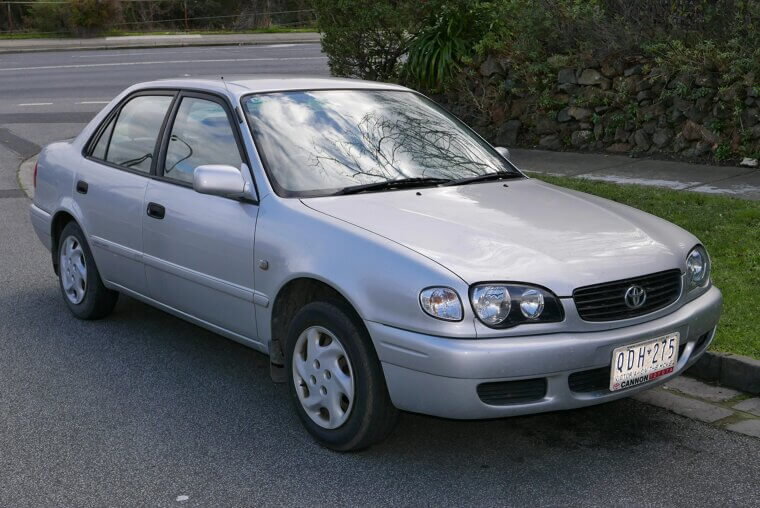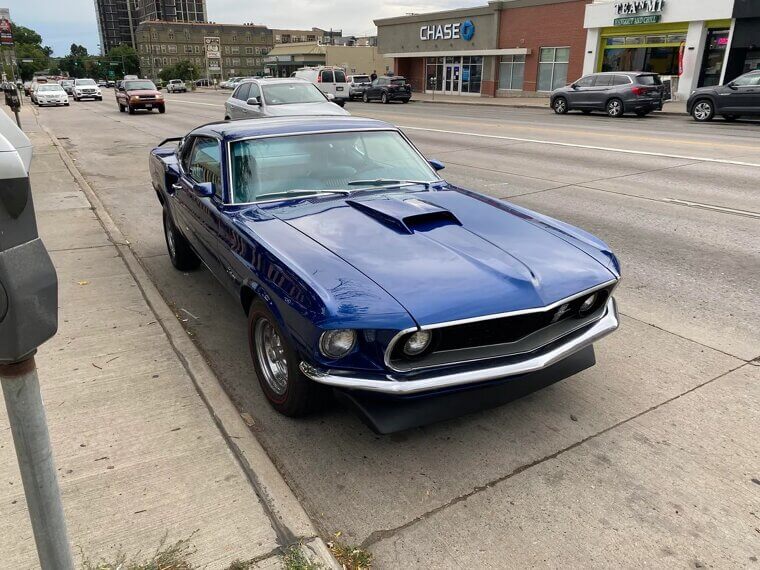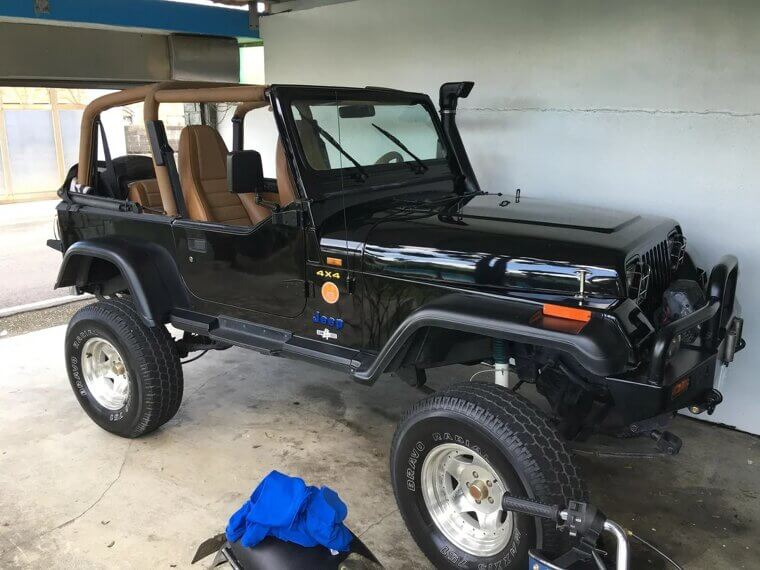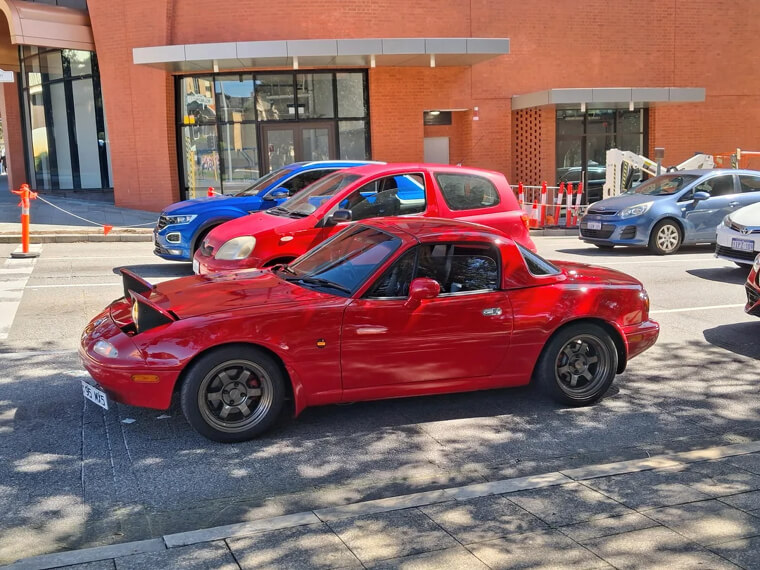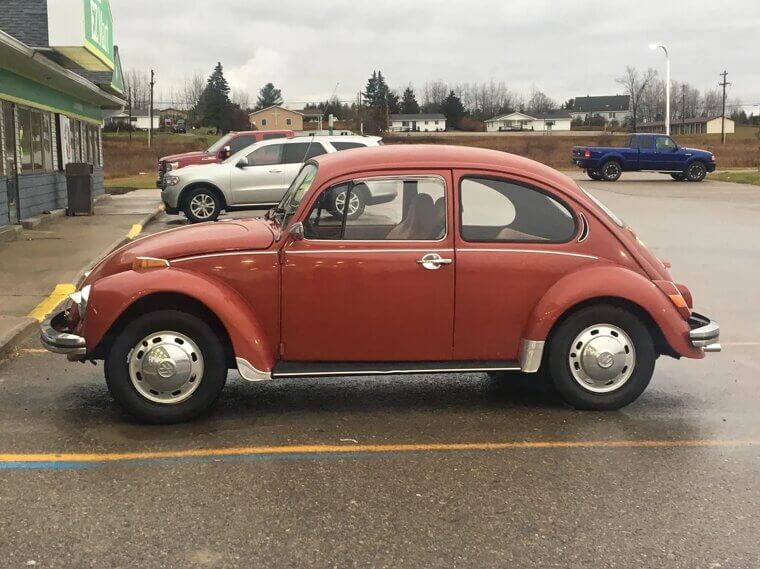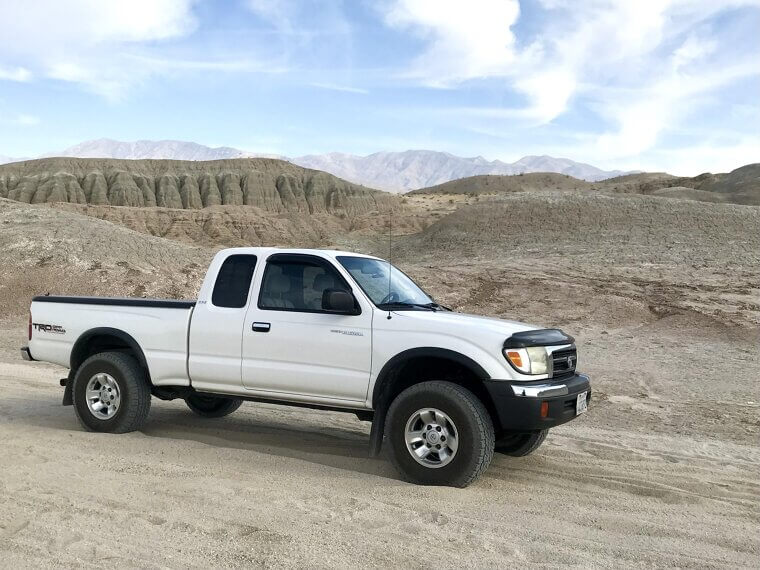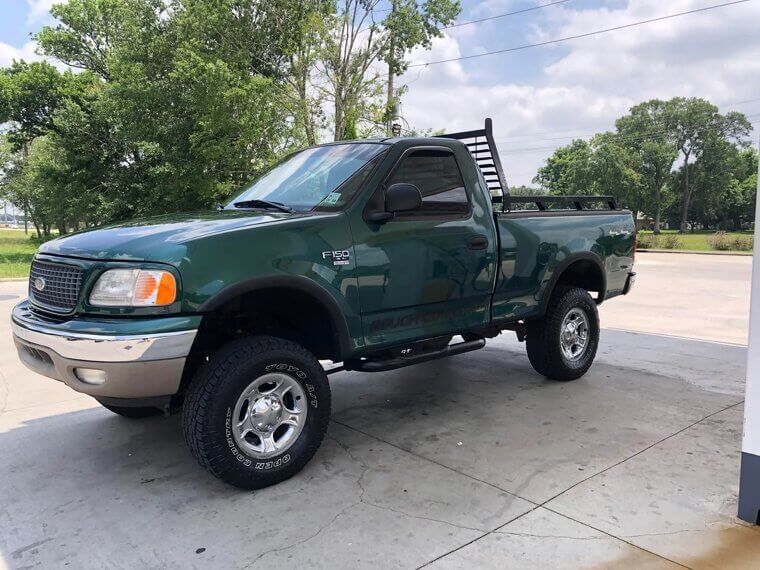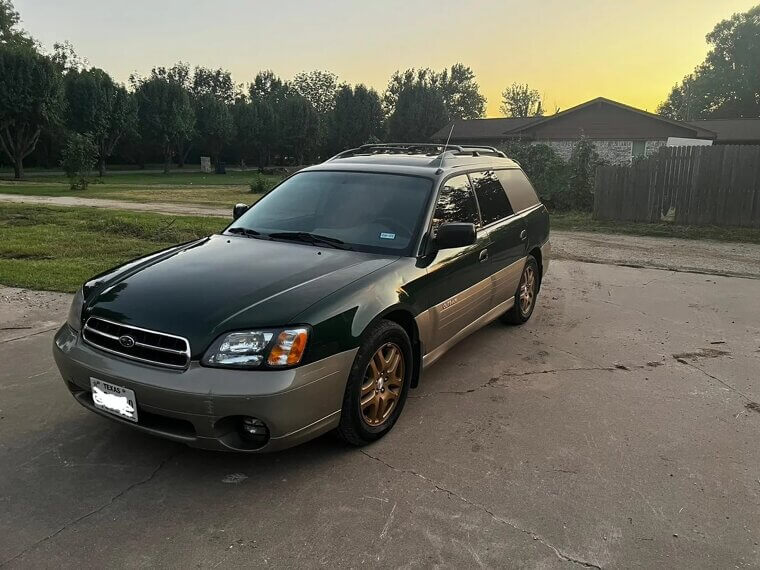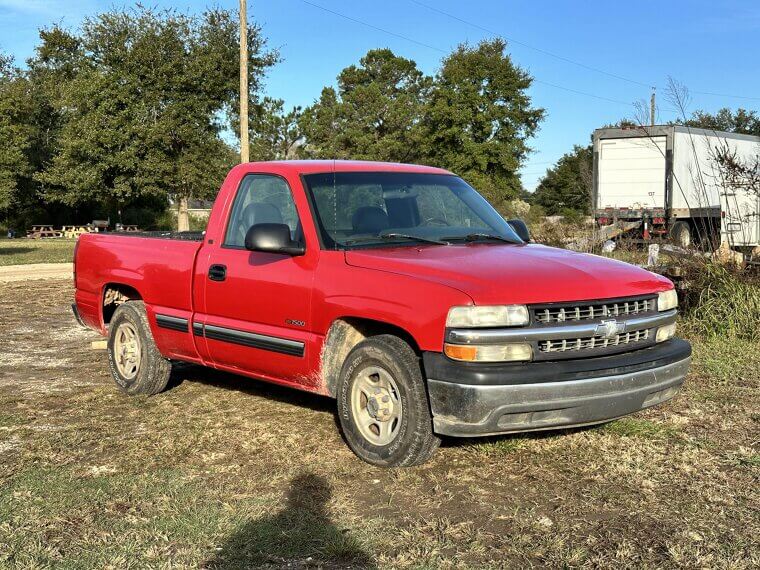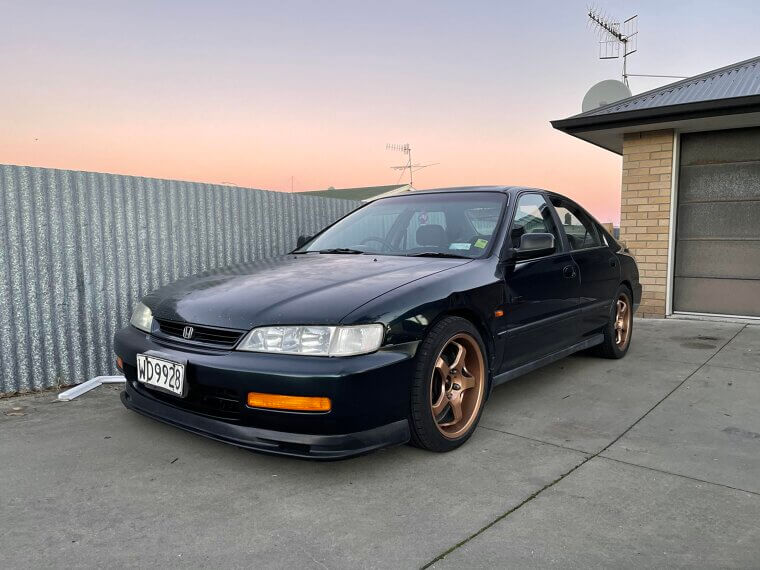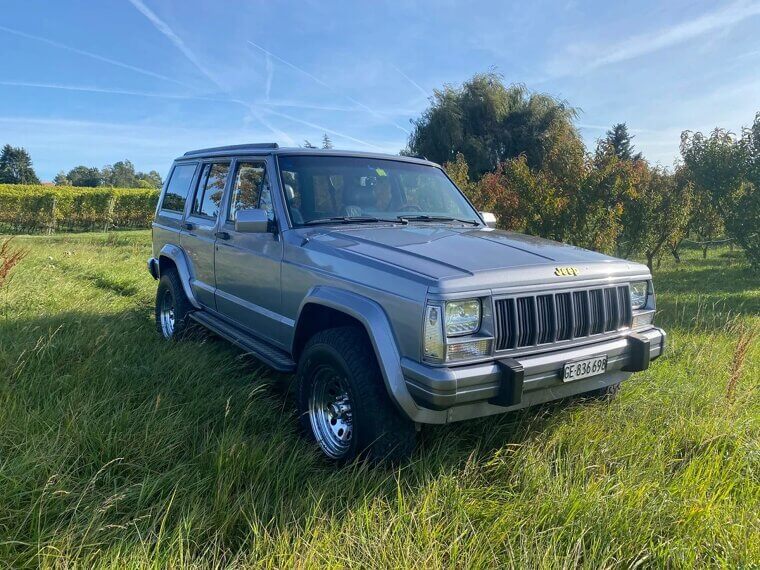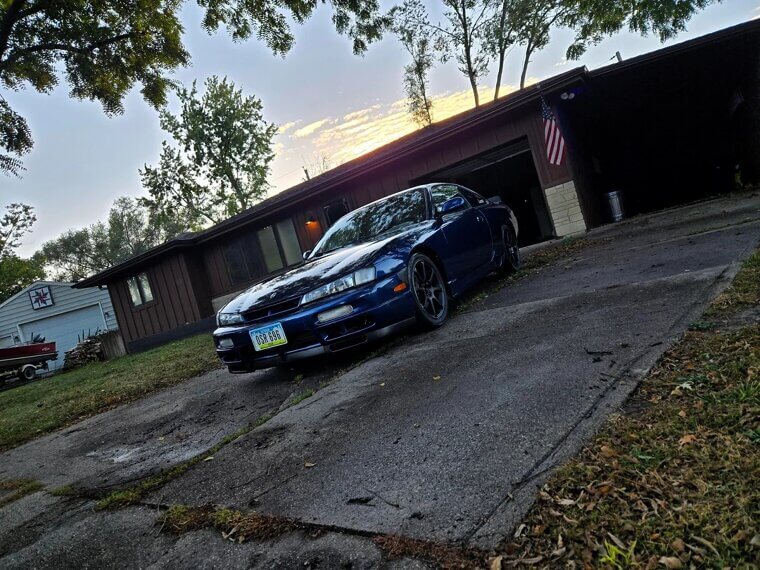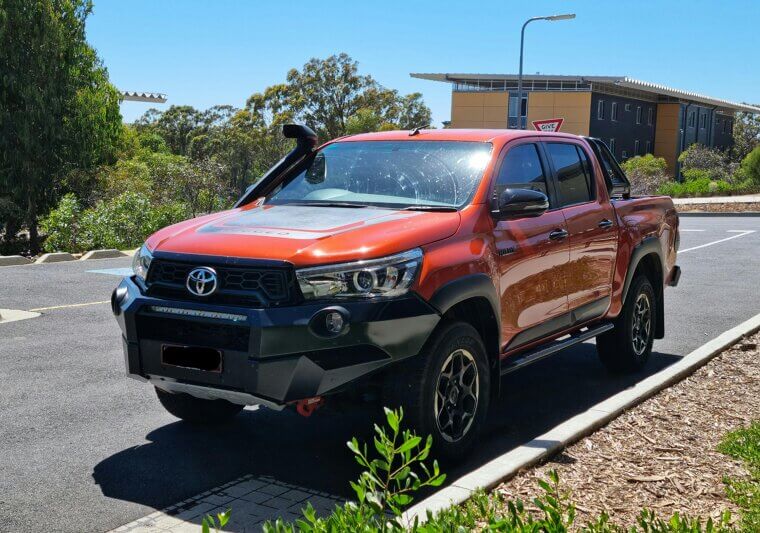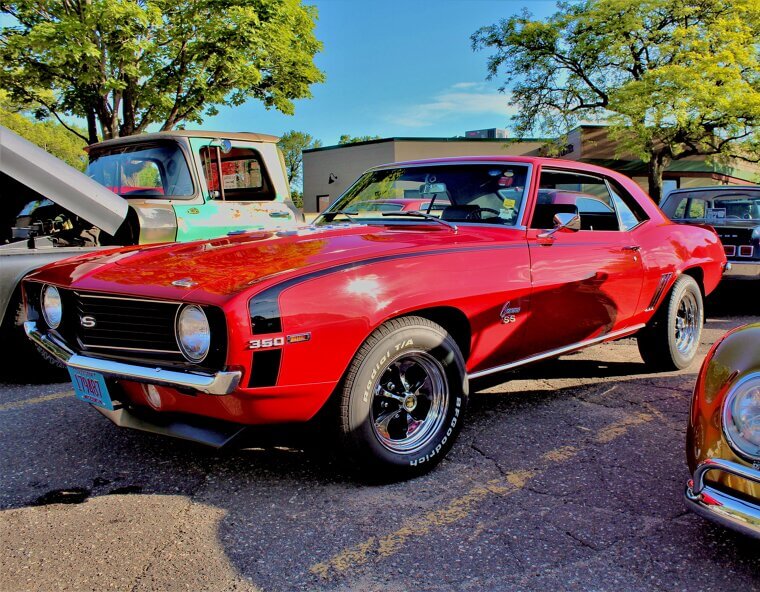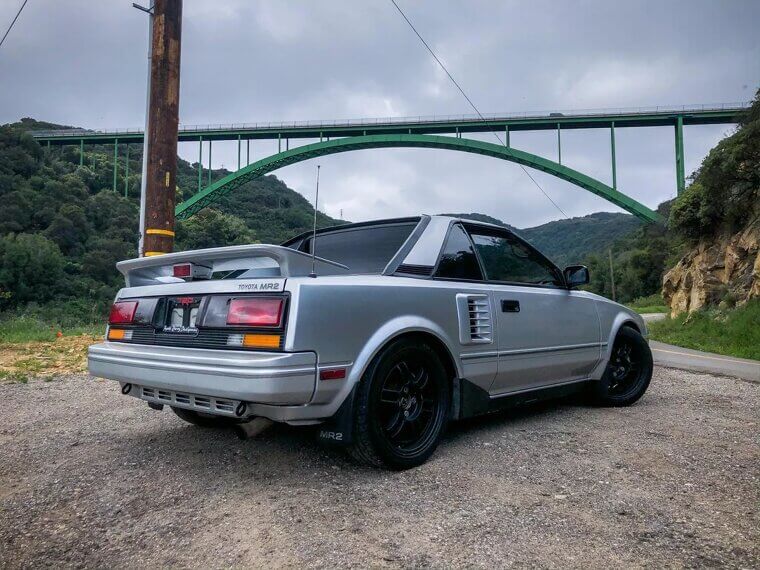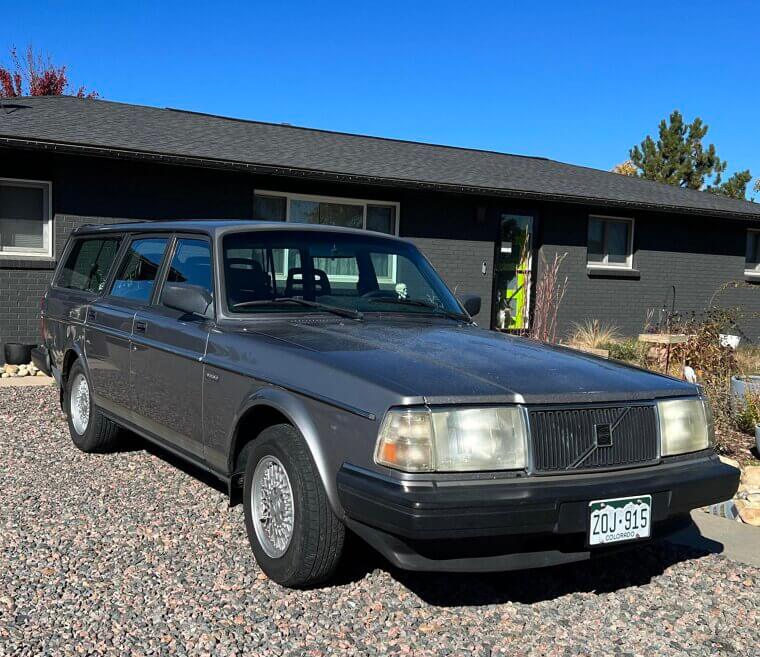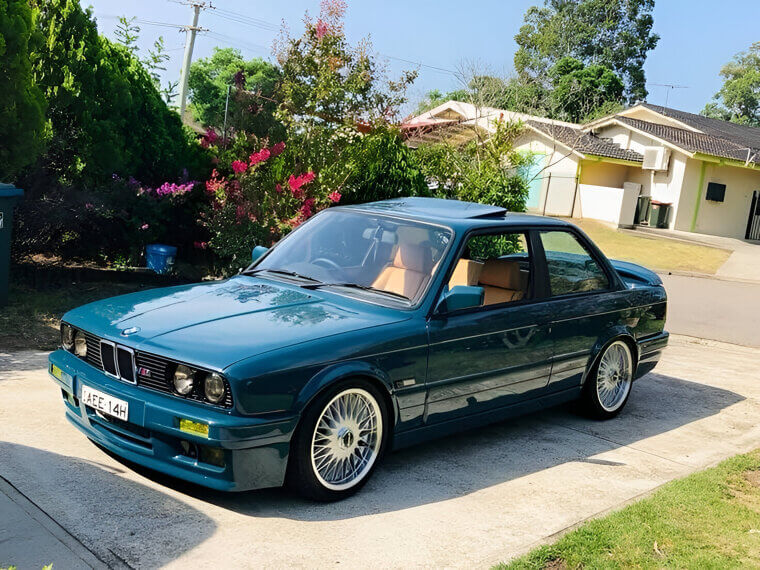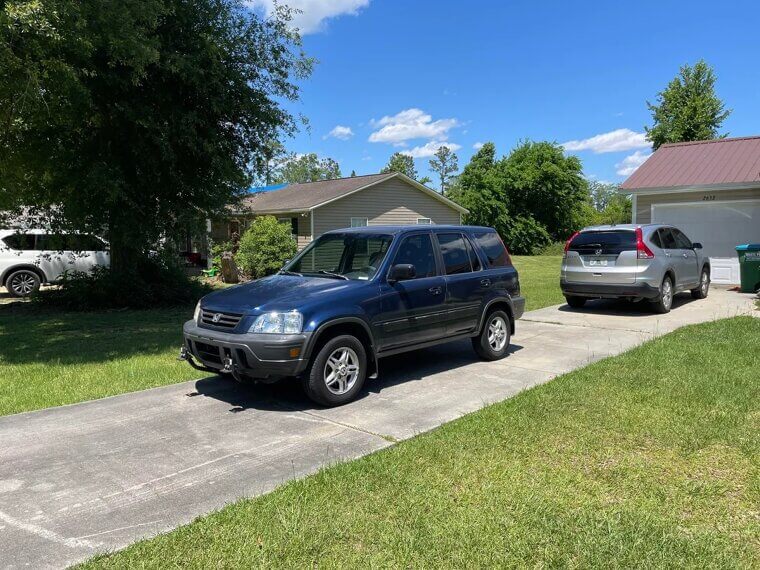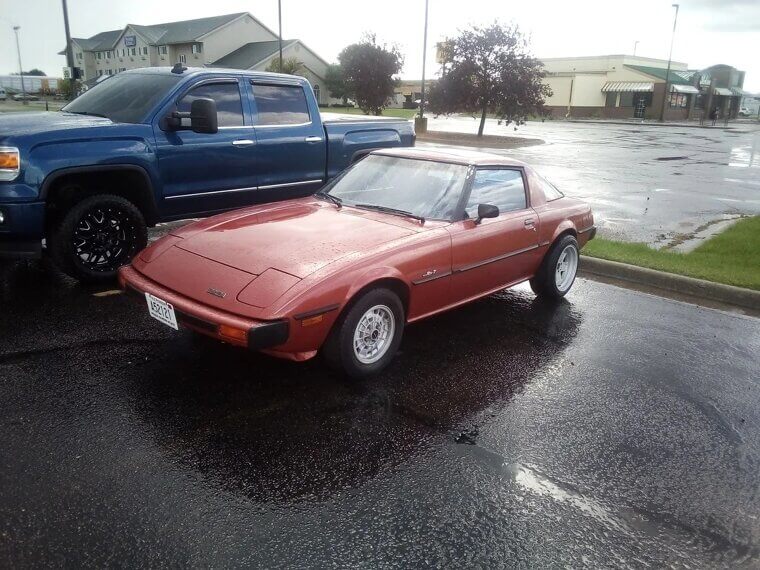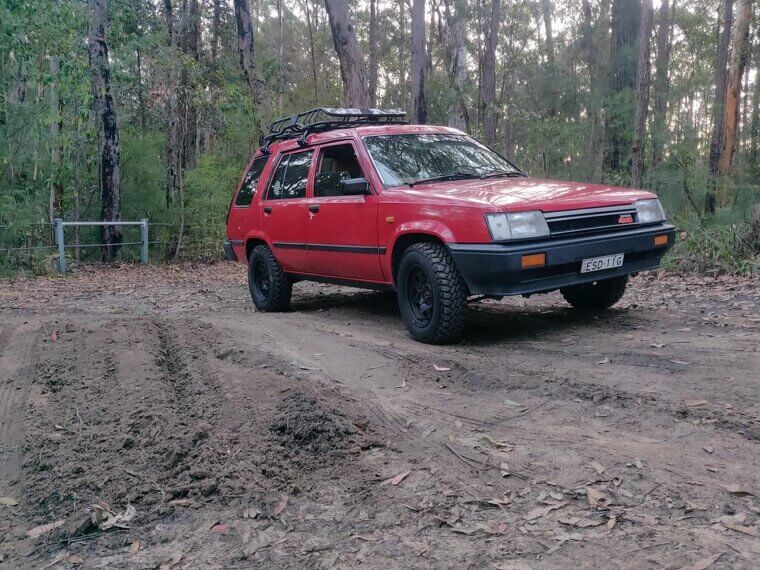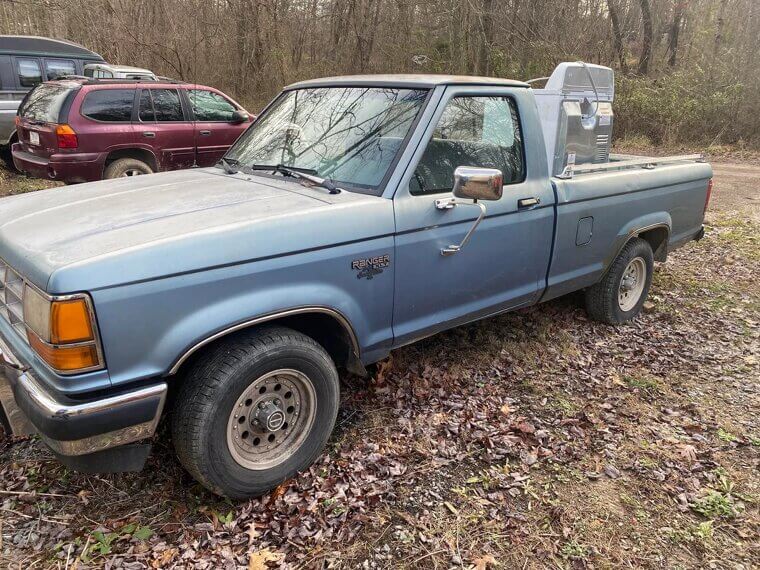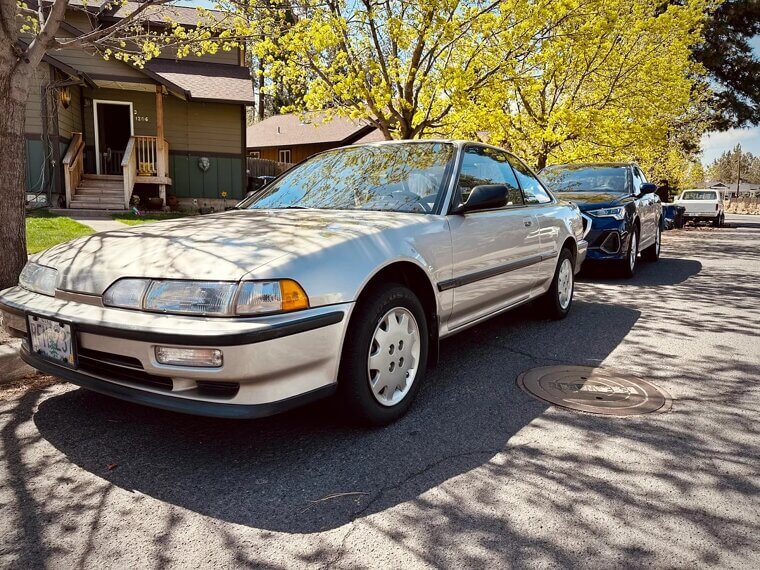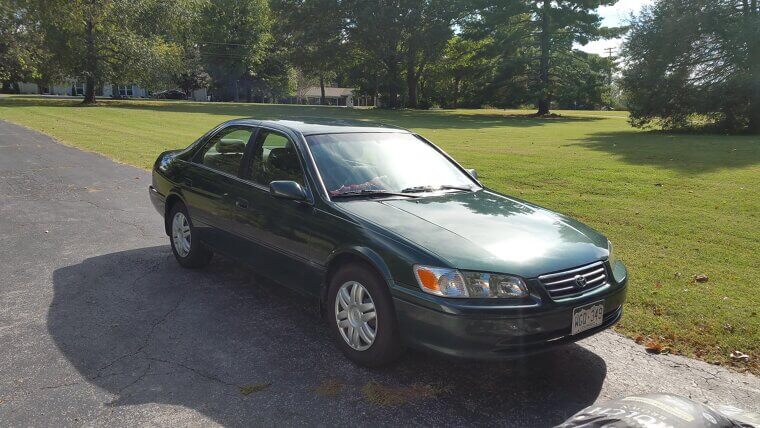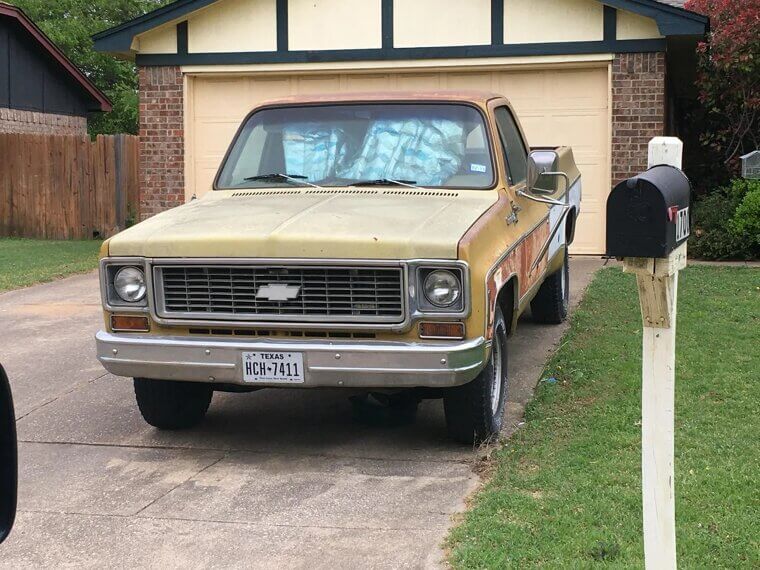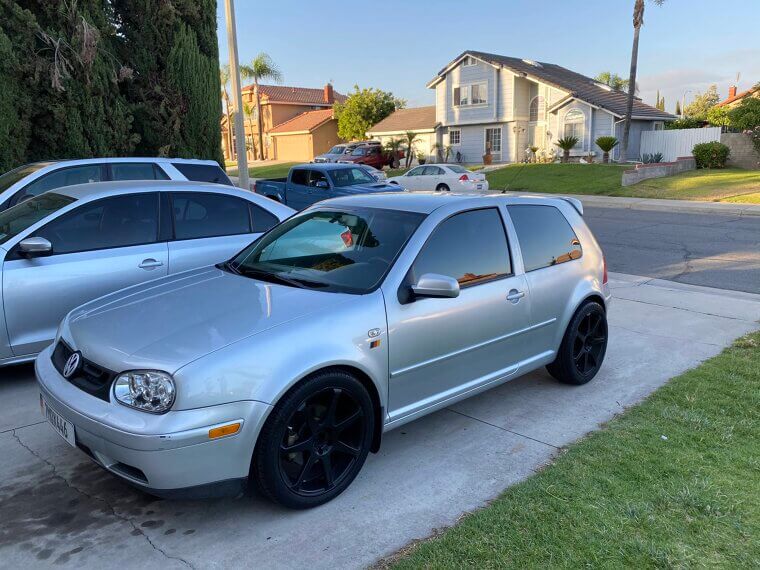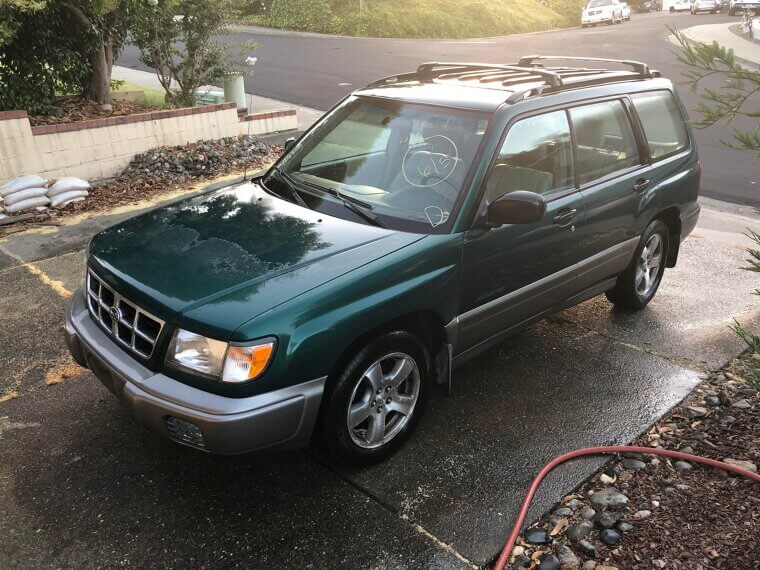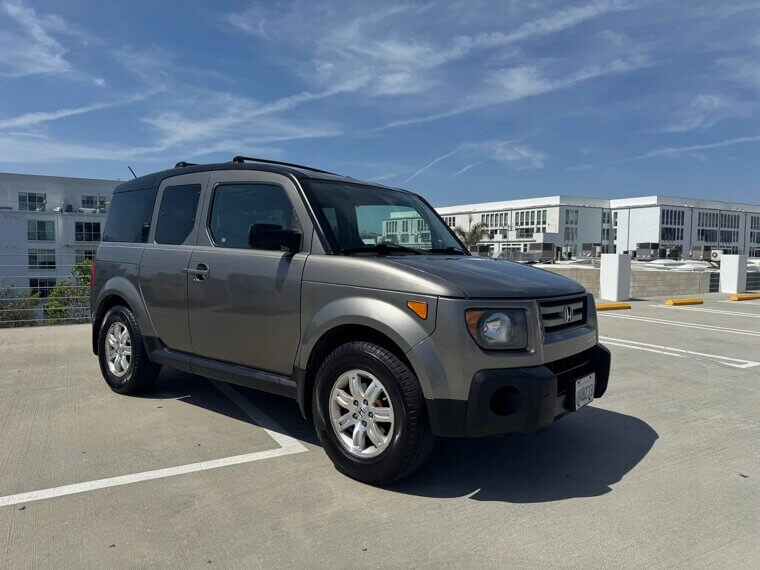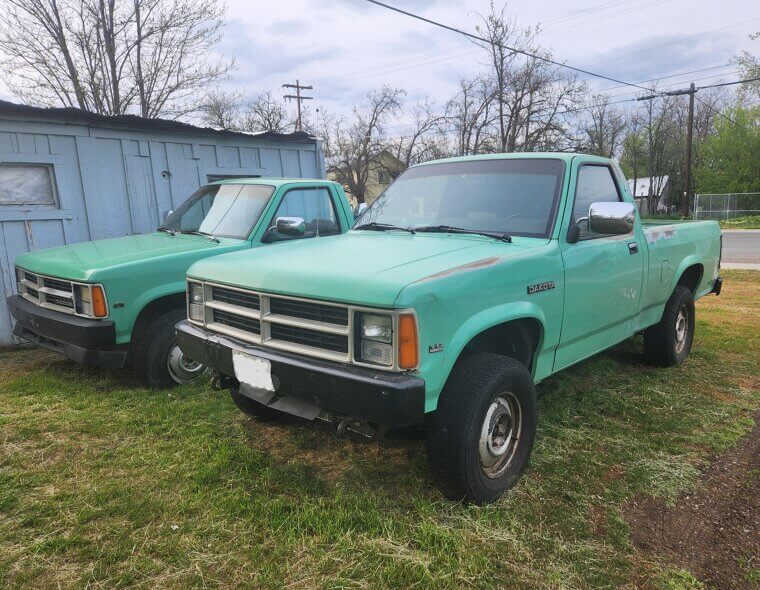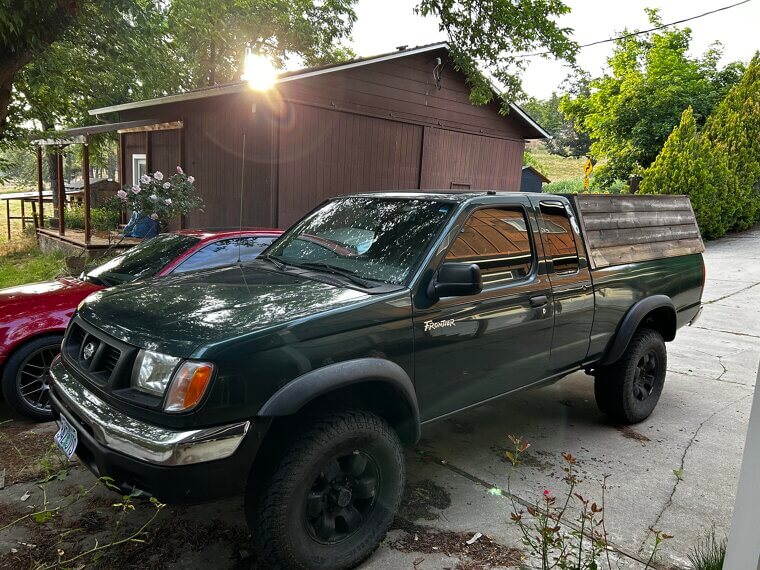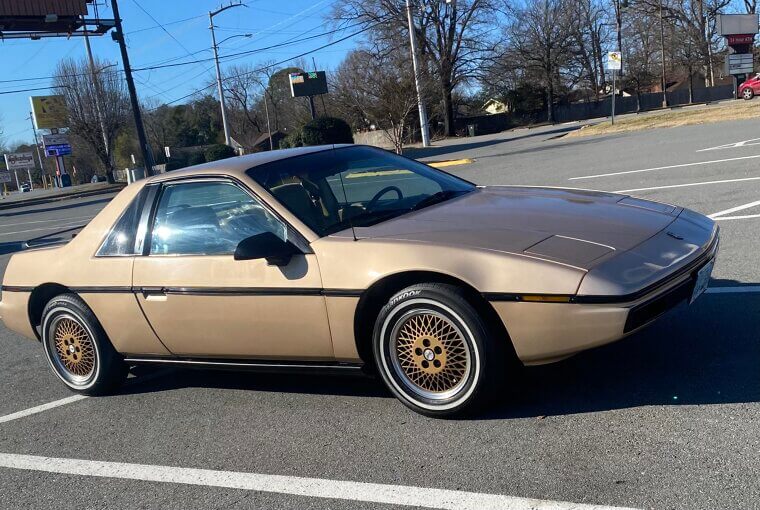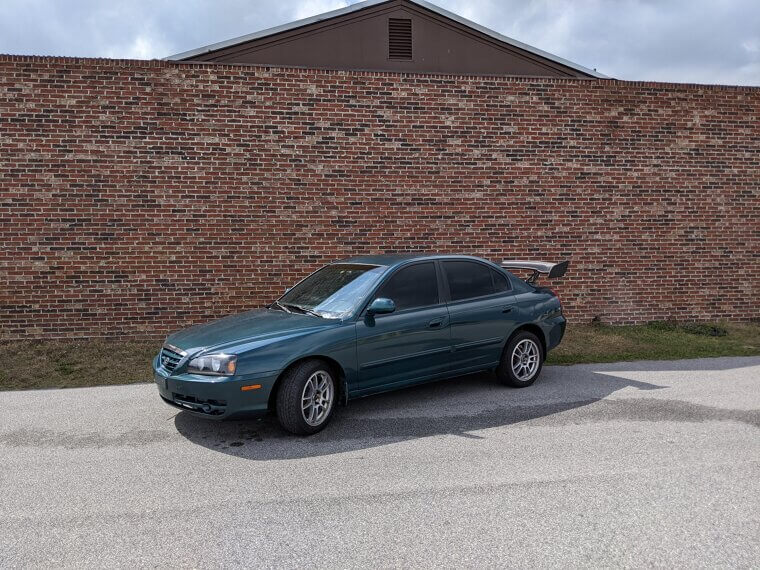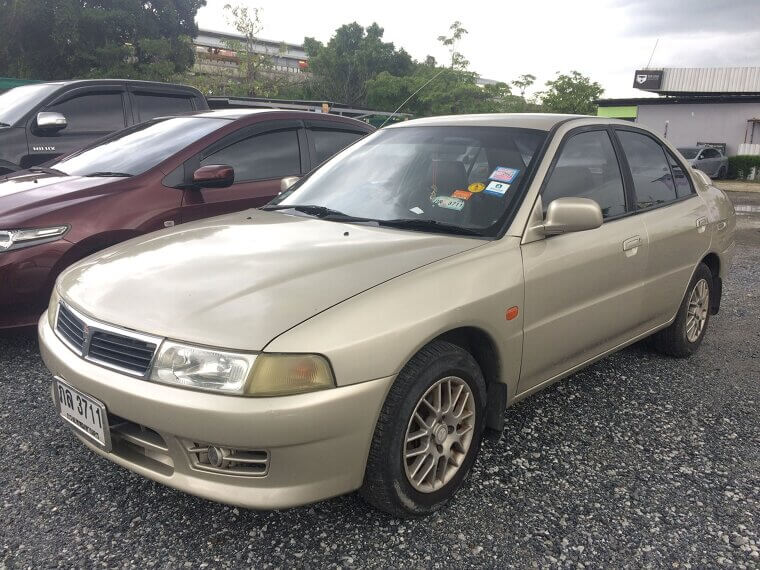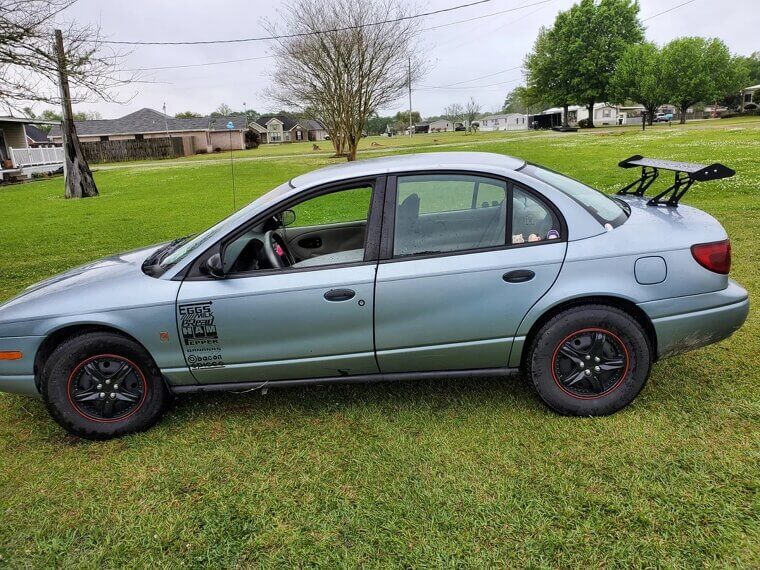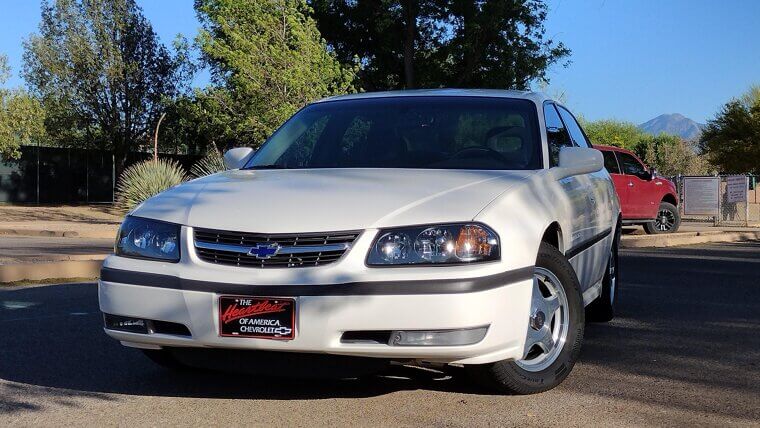Honda Civic (1990s–2000s)
The Civic is every DIY mechanic’s dream. Parts are cheap, repairs are simple, and YouTube has a thousand how-to videos waiting for you. You can change the oil, replace the brakes, or even swap an engine without breaking a sweat.
Toyota Corolla (1990s–2000s)
The Corolla may not win style awards, but it’s the gold standard of reliability and simplicity. The engine bay is roomy, everything’s easy to reach, and the parts are everywhere. It’s the kind of car that forgives mistakes and keeps running no matter what you do to it.
Ford Mustang (1960s–1990s)
The classic Mustang is an American icon that practically begs to be tinkered with. Its mechanical setup is straightforward, parts are cheap, and the community support is massive. You can rebuild one in your garage with basic tools and a little attitude. It’s DIY heaven on four wheels.
Jeep Wrangler (TJ/YJ)
Wranglers are made for wrenching. Bolts are big, components are simple, and there’s nothing overly electronic to confuse you. Want to lift it, modify it, or replace the exhaust? Easy. Also, there’s an entire Jeep culture that loves showing off their “I fixed it myself” stories.
Mazda Miata (NA/NB)
The Miata is tiny, simple, and full of personality. Its engine bay is so well laid out that even first-timers can find their way around. You can change spark plugs or suspension parts without cursing once.
Volkswagen Beetle (Classic)
The OG Beetle is basically a go-kart with a roof. The air-cooled engine sits in the back, and you can pull it out with a friend and a floor jack. Its parts are cheap, its design is laughably simple, and there’s an endless cult of Beetle fans to cheer you on.
Toyota Tacoma (1990s–2000s)
This truck is a DIY dream wrapped in reliability. You can swap out spark plugs or fix a clutch without crying into your socket set. The frame is tough, the layout is simple, and it’s built to last through rookie mistakes and backyard experiments.
Ford F-150 (1990s–2000s)
The F-150 is the best-selling truck in America for a reason. It’s tough, simple, and endlessly fixable. The older models, especially, are wide open under the hood, giving you all the room you need to work. Whether it’s brakes or belts, this pickup makes you feel like a pro mechanic.
Subaru Outback (1990s–2000s)
The Outback is the lovable adventure wagon that doesn’t mind getting dirty. With its simple layout and accessible components, it’s easy to maintain at home. Oil changes, brake jobs, even timing belts aren’t terrifying.
Chevrolet Silverado (2000s)
The Silverado is the definition of no-nonsense engineering. Everything under the hood makes sense, and you don’t need special tools to get the job done. You can change your own alternator in an afternoon and still have time to grill dinner. It’s a true DIYer’s workhorse.
Honda Accord (1990s–2000s)
The Accord’s engines are simple, bolts actually line up, and everything’s labeled where it should be. You can swap out a radiator or fix the brakes without needing an engineering degree. It’s basically the cheat code for home mechanics.
Jeep Cherokee XJ
This boxy beauty is practically begging you to pop the hood. The straight-six engine is legendary for its simplicity and toughness. You can replace parts faster than most people change their phone cases. It’s a rugged, grease-friendly SUV that thrives on being tinkered with.
Nissan 240SX
The 240SX has a huge fanbase, a simple rear-wheel-drive setup, and an engine bay roomy enough for your hands. Whether you’re fixing it or modding it, you’ll end up smiling (and possibly buying more tools).
Toyota Hilux
The Hilux is famous for surviving basically anything, and fixing one is just as straightforward. Simple engines, solid frames, and plenty of space to work make it a joy to maintain. You could rebuild one in the desert with a wrench and a strong cup of coffee.
Chevrolet Camaro (Classic)
The older Camaros are all about mechanical purity. No fancy computers, no nonsense, just metal and muscle. You can rebuild a carburetor, change a water pump, or swap an engine on a Saturday. It’s the kind of car that makes you feel like you belong in a garage magazine.
Toyota MR2 (First Gen)
The mid-engine layout might sound tricky, but this little sports car is surprisingly easy to wrench on. It’s light, mechanical, and built like a puzzle that actually fits together. Pop the panels, grab your sockets, and enjoy a car that’s as charming to fix as it is to drive.
Volvo 240
The Volvo 240 is the brick that never quits. It’s square, simple, and famously overbuilt. Everything is laid out logically, and the parts are cheap. You can do an oil change in your driveway and still have time to admire how unkillable these cars really are.
BMW E30 3-Series
The E30 is the sweet spot of German engineering before things got too complicated. Everything’s mechanical, solid, and fixable with basic tools. It’s so beloved that entire YouTube channels exist just to show you how to keep one running forever.
Honda CR-V (Early Models)
Early CR-Vs are like Civics that grew up and got hiking boots. The engines are straightforward, parts are interchangeable with other Hondas, and repairs are a breeze. It’s the kind of SUV you can fix in your garage and then take camping right after.
Mazda RX-7 (First Gen)
This may be a rotary engine, but it’s surprisingly easy once you get the hang of it. The early RX-7s are lightweight, analog, and brilliantly simple to tear apart. Nothing feels cooler than revving a rotary you rebuilt with your own two hands.
Toyota Tercel
This little commuter car is about as simple as it gets. Pop the hood and you’ll actually recognize what you’re looking at. Parts are cheap, everything’s mechanical, and you can do most fixes with a basic socket set. It’s the perfect car to learn wrenching without breaking the bank.
Ford Ranger (1990s–2000s)
The old Ranger is the truck version of a toolbox. Everything’s accessible, nothing’s overly fancy, and replacement parts are everywhere. Whether you’re swapping out spark plugs or fixing the clutch, it’s a straightforward job, and you’ll feel like a garage hero every time you turn a wrench.
Acura Integra (1990s)
The Integra’s engine is simple, reliable, and loves attention from DIYers. You can tune it, rebuild it, or race it, all without a mechanic’s license. It’s the ultimate mix of fun and fixable.
Toyota Camry (1990s–2000s)
The Camry’s reputation for reliability isn’t just hype. It’s so easy to maintain that even oil changes feel like a victory lap. Parts are dirt cheap, and repairs rarely require exotic tools. Fix it, forget it, and enjoy the smug satisfaction of owning something that just works.
Chevrolet C10 Pickup (Classic)
The C10 is a legend among gearheads. It’s all steel, all straightforward, and everything’s fixable with a wrench and a smile. These trucks are so simple that entire families have passed them down and kept them running with weekend garage sessions.
Volkswagen Golf (Mk4)
The Mk4 Golf is a favorite for hands-on drivers. Its parts are interchangeable with other VW models, and repairs are beginner-friendly. It’s practical and surprisingly forgiving, even if your first fix involves more trial than success.
Subaru Forester (Early Models)
The early Foresters are built like friendly tanks. Their boxer engines are simple to service, and the cabin feels like it was designed for people who spill oil on their jeans. With a few tools and patience, you can keep one running past the 300,000-mile mark.
Honda Element
The engine layout of the Element is logical, the interior is washable, and the parts are Honda-simple. You could change the brakes and clean out the dog hair in one afternoon. It’s a mechanic’s best friend in quirky disguise.
Dodge Dakota (1990s)
This mid-size truck offers all the space you need to get under the hood without losing your sanity. The V6 and V8 engines are built for durability, and everything’s spaced out nicely. You’ll feel like a pro after one oil change and feel a little smug about it.
Nissan Frontier (Early 2000s)
The Frontier doesn’t try to be fancy. It’s a simple, honest pickup with a reputation for reliability. Changing belts, brakes, or filters is a one-person job. It’s so straightforward, you’ll start volunteering to help friends with their cars just to show off your new skills.
Pontiac Fiero
The Fiero may have been a punchline in the ’80s, but today it’s a DIY dream. The mid-engine setup looks exotic but is surprisingly easy to access. Parts are cheap, panels are plastic, and there’s a cult following that loves turning these quirky cars into weekend projects.
Hyundai Elantra (2000s)
The early Elantras might not win beauty contests, but they’re refreshingly easy to work on. Changing filters, brakes, or even alternators is a breeze. It’s the kind of car that teaches you basic mechanics without punishing you for learning.
Mitsubishi Lancer (2000s)
Before it got overshadowed by its Evo cousin, the regular Lancer was a mechanic’s playground. Straightforward engine layout, easy part swaps, and solid reliability make it a great choice for DIYers. You can practice your skills without needing rally-car reflexes or a bottomless wallet.
Saturn S-Series
These little cars were built with plastic panels and pure simplicity. Their engines are nearly indestructible, and maintenance takes more patience than precision. They’re so easy to fix that they became the first car many backyard mechanics ever got their hands greasy with.
Chevy Impala (2000s)
The Impala might look like a retired rental car, but it’s a hidden gem for DIY fans. It has a lot of space under the hood, parts are everywhere, and it’s almost impossible to mess up basic repairs. It’s the sedan that quietly dares you to grab a wrench and dive in.

